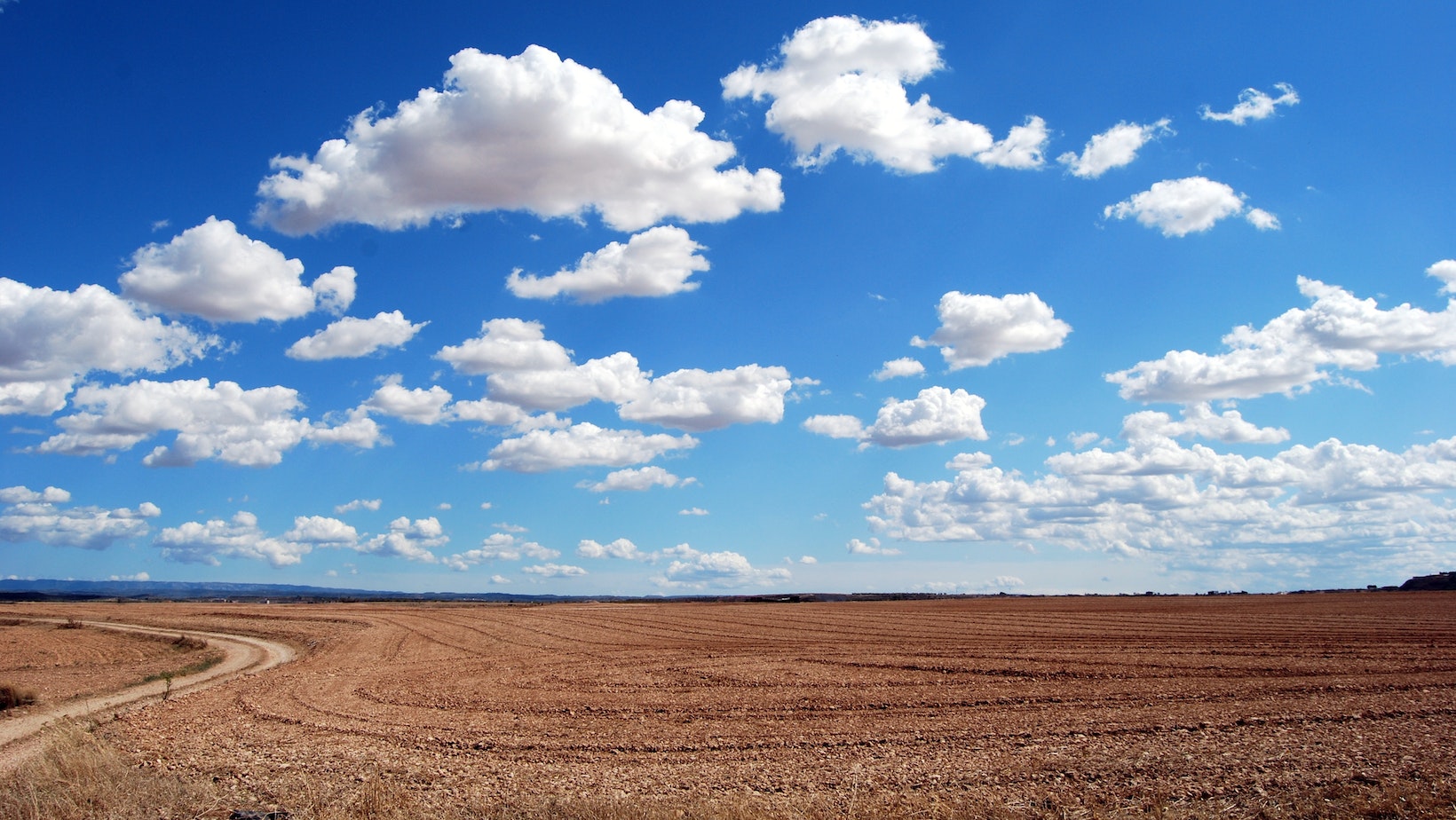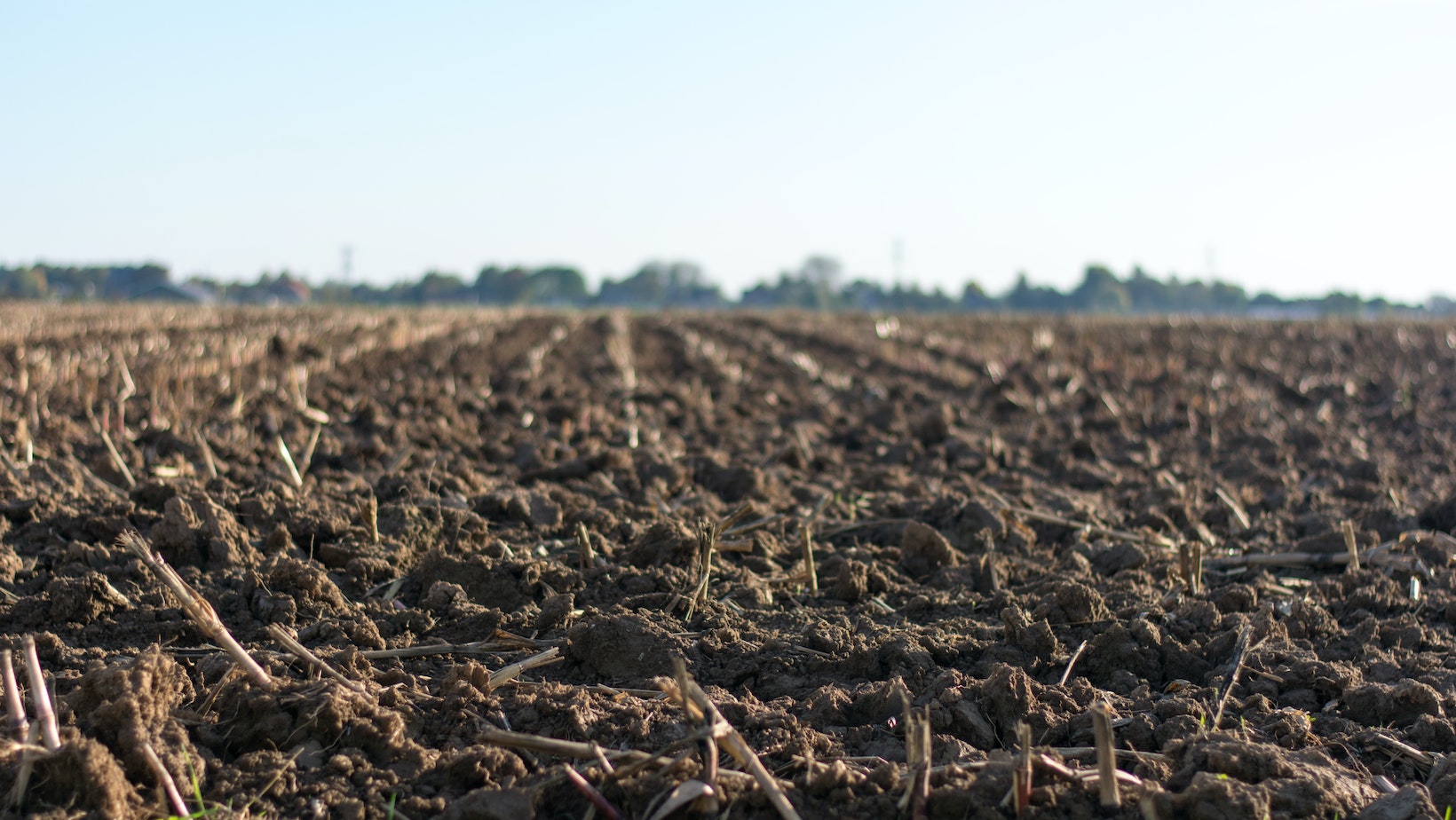Figuring out the value of an acre of land can be quite challenging because there are so many factors that can affect the price. These factors can range from the location of the land, the type of land, the zoning regulations in the area, and the availability of utilities.
Let’s take a look at some of the key factors that affect the value of an acre of land.
Location of the Land
The location of the land is a significant factor that affects the value of an acre of land. The value of land varies depending on the area, including the development potential, scenic views, proximity to resources such as water, and access to utilities.
Here is how to calculate the value of an acre of land:
| Determine the value of the land in the local area by researching the sale prices of similar properties. |
| Calculate the price per square foot by dividing the value of the land by the total square footage. |
| Multiply the price per square foot by 43,560 (the number of square feet in an acre) to determine the value of one acre of land in the area. |
It is important to note that factors such as zoning regulations, easements, and environmental restrictions can affect the value of land beyond its location. These factors should be considered when calculating the value of an acre of land.
Pro tip: Consulting with a real estate agent or land appraiser can help provide an accurate estimate of the value of your land.
Yimusanfendi
Land use and zoning restrictions are crucial factors that affect the value of an acre of land. Before calculating the value of your acre of land, it is crucial to understand how zoning and land use restrictions can impact the overall value.
Zoning laws regulate the types of structures that can be built, the height of the structures, the placement on the property, and how much of the land can be used for development. Land use restrictions can refer to environmental factors, such as wetlands, or legal requirements for how the land can be used.
To calculate the value of an acre of land, factors like location, accessibility, soil quality, topography, and potential for development are taken into consideration. The actual value of an acre of land can differ significantly based on these factors and the zoning and land use restrictions in the area.
Pro Tip: Consult with a real estate appraiser or a land-use expert to perform a valuation analysis of your acre of land factoring in zoning laws and land use restrictions.
Soil Quality and Topography
Soil quality and topography are two important factors that affect the value of an acre of land. Soil quality refers to the type, depth, and fertility of the soil, while topography refers to the physical features and slope of the land. Both of these factors play a crucial role in determining the potential uses and productivity of the land, which ultimately affects its value.
To calculate the value of an acre of land, various other factors need to be considered, such as the location, zoning, accessibility, infrastructure, and market demand. The value can also vary based on the intended use of the land, such as residential, commercial, agricultural, or recreational. It’s best to consult a professional real estate appraiser or agent to get a more accurate estimate of the value of your land.
Pro tip: Improving the soil quality and addressing any topography issues can increase the productivity and value of your land in the long run.
Methods for Calculating the Value of an Acre of Land
Calculating the value of an acre of land can be tricky, as there are a variety of factors that can influence the value. The type of land you’re dealing with, its location, and amenities can all have an effect on its worth. In this article, we’ll look at the different methods used to figure out the value of an acre of land.
Sales Comparison Approach
In real estate valuation, the Sales Comparison Approach is a method used by property appraisers to determine the value of an acre of land based on the prices at which similar properties have sold in the area.
Here are the steps to follow:
| Step | Description |
| 1 | Identify properties similar to the one being appraised that have sold recently and have similar attributes, such as square footage, location, and amenities. |
| 2 | Collect and compare data on the sale prices of these similar properties. |
| 3 | Adjust the sale prices to account for any differences between the properties in terms of size, condition, location, or other factors that may affect value. |
| 4 | Calculate the average sale price per acre of the comparable properties. |
| 5 | Apply this average price per acre to the property being appraised to determine its market value. |
Pro Tip: Make sure the properties you select as comparable are located in the same region, have similar characteristics, and were sold recently to ensure accurate and reliable results.
Find Comparable Sales
The first step in calculating the value of an acre of land is finding comparable sales of similar properties in the area.
Here are the methods you can use to find comparable sales:
| Online Databases | County Tax Assessor | Local Real Estate Agents |
| Websites like Zillow, Redfin, and Realtor.com offer sales data of recent land sales in a specific area. | The tax assessor’s office maintains records of land sales and their values within their jurisdiction. | Real estate agents are experts in their local markets and can provide information on recent sales of land. |
Once you find comparable sales data, look for land parcels that are similar in size, location, and features. Analyse the data to determine the average price per acre and use that as a starting point for your valuation.
Adjust Sales for Differences
One of the essential methods for calculating the value of an acre of land is by adjusting sales for differences. This method takes into account the differences between the property you are evaluating and those recently sold in the area.
The process involves examining various factors that may impact the value of the property, such as location, size, topography, zoning, and land use restrictions. You can then adjust the sale price of the comparable property to reflect these differences.
Adjusting sales for differences is a reliable method for assessing the value of land, as it provides a more accurate estimate based on specific factors. This method is widely used by experienced appraisers and real estate professionals to determine the fair market value of a property.
Apply the Adjusted Price Per Acre
To calculate the value of an acre of land, one of the most important steps is to apply the adjusted price per acre. This is done by taking into account several factors that affect the land’s value, such as location, soil quality, land use, accessibility, and infrastructure.
| Steps | Description |
| Determine the market value per acre of similar land in the area. | |
| Identify the adjustments needed for your land based on factors such as topography, soil quality, and accessibility. | |
| Apply the appropriate adjustment factor for each factor to the market value per acre to arrive at the adjusted price per acre. | |
| Multiply the adjusted price per acre by the total number of acres to calculate the total value of the land. |
Pro Tip: It’s important to work with a certified appraiser or real estate agent to ensure accuracy in calculating the value of your land. They have the necessary expertise and access to the latest data to help you arrive at a fair and realistic estimate.
Income Capitalization Approach
Income Capitalization Approach is a method used to calculate the value of an acre of land based on the income potential of the property. It is commonly used in real estate appraisals and is based on the principle that the value of the land is equal to the net operating income divided by the capitalization rate.
To calculate the value of an acre of land using Income Capitalization Approach, follow these steps:
| Estimate the net operating income (NOI) that the land will generate over the next 12 months. |
| Determine the capitalization rate, which is the desired rate of return on investment for the buyer. |
| Divide the NOI by the capitalization rate to get the value of the land. |
Other methods for calculating the value of an acre of land include the Market Data Approach and the Cost Approach, which take into account comparable sales data and the cost of reproducing the land improvements, respectively. However, the Income Capitalization Approach is considered the most accurate for income-generating properties.
Pro Tip: It’s important to consult with a real estate professional when attempting to value an acre of land, as there are many factors, such as location and zoning laws, that can impact the value of the property.
Calculate the Potential Gross Income
Calculating the Potential Gross Income of land is one of the methods for determining the value of an acre of land. Here are the steps to perform this calculation:
| Determine the potential income per acre for the land by researching the average crop yield or potential rental income in the area. |
| Calculate the net income by subtracting the expenses associated with producing the crop or maintaining the rental property. |
| Multiply the net income by the number of years that the land is expected to generate income to determine the present value of that income stream. |
| The present value of the land’s potential gross income stream, plus the value of any improvements, minus any depreciation, will provide an estimate of the land’s overall value. |
| Note that this method only provides an estimate of the land’s value and should be used in conjunction with other valuation methods for a more accurate assessment. |
Determine the Vacancy and Credit Loss Rate
When calculating the value of an acre of land, it is important to first determine the vacancy and credit loss rate, as this affects the net operating income (NOI) of the property.
The vacancy rate refers to the percentage of time that the property will be unoccupied, while the credit loss rate represents the amount of money lost due to tenants failing to pay rent.
To calculate the vacancy rate, divide the total amount of time that the property is expected to be vacant by the total amount of time in a year. For example, if the property is expected to be vacant for 60 days out of the year, the vacancy rate would be 16.4%.
To determine the credit loss rate, multiply the total rent by the expected percentage of tenants who will not pay, which is usually based on the historical data of the property or area.
Subtracting the vacancy rate and credit loss rate from 100 will give you the occupancy rate, which can then be used to calculate the NOI and the value of the acre of land.
Calculate the Effective Gross Income
Effective Gross Income (EGI) is a critical metric used to evaluate the income-generating potential of an acre of land. To calculate EGI, add up all the rental revenue and other income generated by the land annually and subtract any vacancy, credit losses, and expenses incurred in generating and maintaining the income.
Here’s how to calculate EGI for an acre of land:
| Determine the total rental income generated by the acre of land. |
| Add up all the other income streams generated by the land. |
| Subtract any vacancies and credit losses incurred due to non-payment of rent or rentals. |
| Subtract any expenses incurred in generating and maintaining the income, such as property taxes, maintenance costs, and insurance premiums. |
| The resulting figure is your EGI for the acre of land. |
By calculating EGI, you can get a better sense of how much the land is worth and whether it’s a sound investment.
Estimate the Operating Expenses
When calculating the value of an acre of land, estimating the operating expenses is an important factor to consider. Here are some of the methods for calculating the value of an acre of land:
| 1. Gross income multiplier method: | This method involves estimating the total annual income that the land can generate and multiplying it by a factor that varies depending on the location and other factors. |
| 2. Capitalization rate method: | This method involves estimating the annual net income that the land can generate after deducting operating expenses and capitalizing it by a factor that reflects the expected rate of return on investment. |
| 3. Cost per acre method: | This method involves estimating the cost of producing an acre of land based on factors such as seed, fertilizer, irrigation, and other operating expenses. |
By estimating the operating expenses, you can get a more accurate value of the land that takes into consideration the costs associated with owning and operating it. Pro Tip: It’s always a good idea to consult with a professional appraiser or real estate agent with experience in valuing land to get an accurate estimate.
Determine the Capitalization Rate
To determine the capitalization rate, first, research the local market to find an appropriate rate. This rate is typically between 3% and 10% depending on the area and type of land use.
Once you have the capitalization rate, use the following formula to calculate the value of an acre of land:
| Income from the land / Capitalization rate = Land value |
For example, if the income generated from an acre of land is $10,000 per year, and the capitalization rate for similar land in the area is 5%, the land’s value would be:
| $10,000 / 0.05 = $200,000 |
It’s important to keep in mind that this method only works for income-generating properties and might not be accurate for non-income-generating properties or residential real estate.
Pro tip: Consult with a licensed professional to ensure accurate calculations of the land value.
Apply the Capitalization Rate to the Effective Gross Income
The Capitalization Rate is a crucial factor in determining the value of an acre of land, and it must be applied accurately to the Effective Gross Income to get an accurate value estimate.
Here’s how to determine the value of an acre of land using the Capitalization Rate:
| Determine the Effective Gross Income (EGI) of the property. This includes all annual rental income, including vacancies and credits. |
| Choose an appropriate Cap Rate based on market trends, location, type of property, and other factors. (Cap rates typically range between 5% to 12%) |
| Apply the Cap Rate by dividing the EGI by the Cap Rate. (Value = EGI / Cap Rate) |
Note: the value determined using this formula is an estimate, and it may not reflect the actual market value of the property.
Other methods that can be used to calculate the value of an acre of land include Sales Comparison Approach, Cost Approach, and Income Approach. Each method has its own advantages and disadvantages, and the method chosen depends on the type of property, its location, the intended use, and other factors.
Pro Tip: Consult a professional appraiser or real estate agent to get an accurate and thorough valuation of your land.
Cost Approach
The cost approach is one of the methods for calculating the value of an acre of land. It involves estimating the cost to replace the land with a similar property that has the same utility, features, and amenities.
Here are the steps to follow for the cost approach method:
| Step | Description |
| Estimate the cost of the land | Based on its size and location, as well as its highest and best use. |
| Estimate the cost of site improvements | Such as grading, drainage, and landscaping. |
| Estimate the cost of improvements to the land | Such as buildings, roads, and utilities. |
| Adjust the total cost | To account for depreciation or appreciation of the land and improvements. |
The final value will be an estimate of what the land would cost to replace using similar materials, labour, and equipment.
It is important to note that the cost approach may not be the best method for valuing all types of land and can be time-consuming and expensive to carry out.
Estimate the Value of Improvements
Improvements on land can add significant value to the overall property. There are different methods for calculating the value of an acre of land with improvements, such as the comparable approach and the income approach.
| Steps to Estimate the Value of Improvements |
| 1. Determine the market value of the land without any improvements by using the comparable sales approach, which involves comparing recent sales of similar properties in the area. |
| 2. Estimate the value of the improvements by using the cost approach, which involves calculating the replacement cost of the improvements and subtracting depreciation. |
| 3. Calculate the total value of the property by adding the market value of the land and the value of the improvements. |
The income approach can also be used, especially for commercial or rental properties. This approach involves estimating the income generated by the property and applying a capitalization rate to determine the property’s value.
Deduct Depreciation
Deducting depreciation is one of the methods used for calculating the value of an acre of land. Depreciation is the decrease in value of the land due to factors such as wear and tear, environmental conditions, and changes in the area.
Here’s how to calculate the value of an acre of land using the depreciation method:
| 1. Determine the original cost of the land. |
| 2. Calculate the total amount of depreciation for the land. This can be based on age, wear and tear, or other factors. |
| 3. Subtract the total amount of depreciation from the original cost of the land. This will give you the current value of the land. |
| 4. Divide the current value by the number of acres to determine the value per acre. |
It’s important to note that the depreciation method is just one of several methods used for calculating the value of land. Other methods include the comparable sales method, the income method, and the replacement cost method.
Estimate the Value of the Land
Calculating the value of land can be a complex process and there are multiple methods that can be used. The most common approaches used by professionals to estimate the value of an acre of land include:
| Approach | Description |
| Sales Comparison | This method involves looking at the recent sale prices of similar properties in the same area to determine the value of the land. Factors that may affect a property’s value include its location, size, and any improvements made to the land. |
| Capitalization | This method is commonly used for income-generating properties and involves estimating the land’s value based on the income it can generate. To calculate, the net income from the property is divided by the capitalization rate, which is determined based on the prevailing interest rates and the perceived risk level of the investment. |
| Cost | This approach calculates the value of the land as the sum of the value of the improvements made to the land and the cost of the land itself. |
Depending on the intended use of the land, one approach may be more suitable than others. It’s best to consult a professional appraiser to determine the most accurate value of the land.
Add the Value of the Land and Improvements
When calculating the value of an acre of land, it’s essential to consider the values of both the land and any improvements made to it. This method is called “Value of Land and Improvements.”
Here’s how to calculate it:
| Step | Description |
| 1 | Determine the market value of the land on its own. This can be done by comparing the sale prices of similar parcels of land in the area. |
| 2 | Determine the market value of any improvements made on the land, such as buildings, wells, fencing, or other structures. |
| 3 | Add these two values together to get the total value of the land and improvements. |
Note that it’s crucial to research and consult with professionals, such as appraisers, real estate agents, or tax assessors, to get an accurate assessment.



















